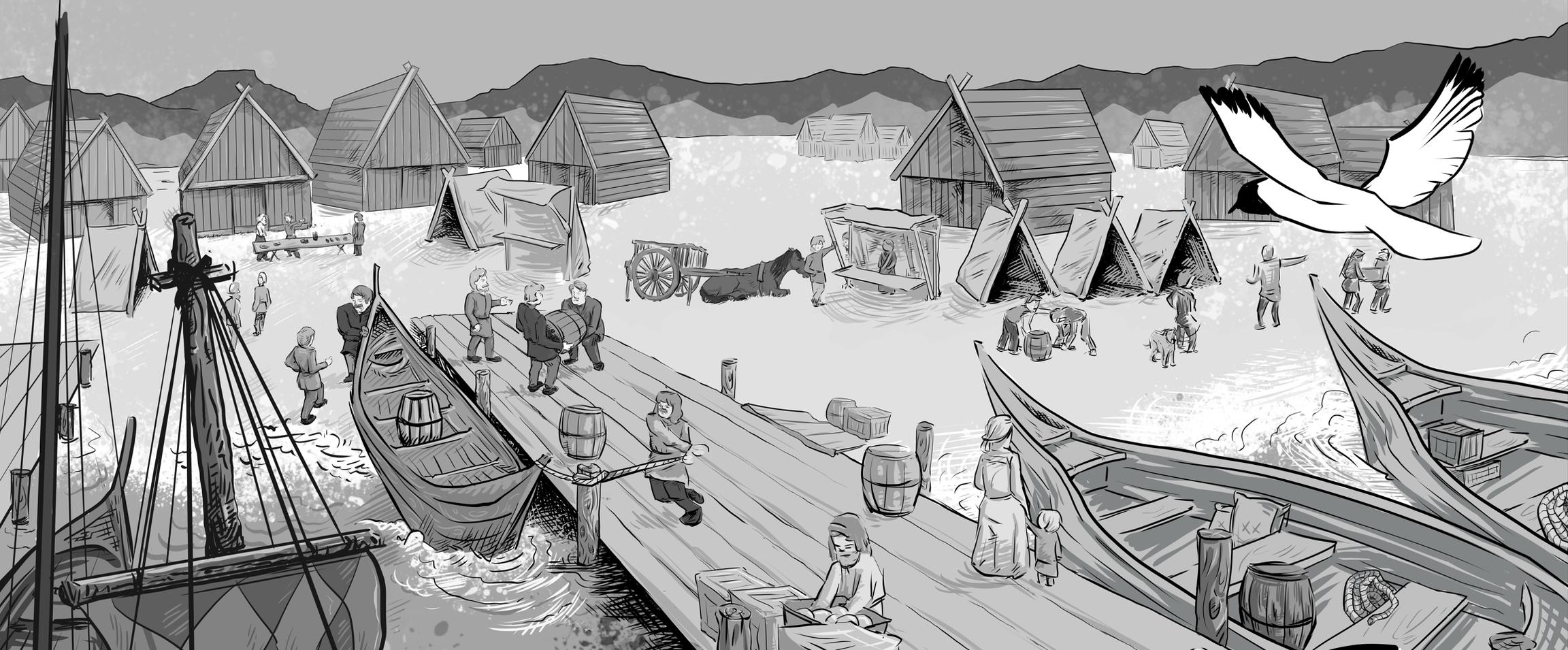Ribe Origins
The Old Ways
In contemporary times, neglect to the ways of old has seen us led astray. The old ways to tread a noble path, to observe proper rituals during the waxing moon, of gold in each man’s pocket and storeowner eager to move his wares. Any driven man can make his way in such a market. To sell what you have, to buy what you need.
From isolated self-sustaining settlements in Scandinavia, Norse expansion swept much of the North Atlantic with movements as far as Northern Africa and even Russia. Establishing settlements as trading towns was of great economic and political significance and integral to the consolidation of power in any region. Rare metals, exotic spices, textiles and furs, and all manner of valuable goods flowed through towns like Ribe, in Denmark’s West.
From unassuming beginnings, the trading post was chronicled throughout historical literature. Thought to be founded in the 8th century, it was the first Danish town to be referenced by name.
Trenches demarcated the urban boundaries and ramparts facilitated entry. Though not heavily fortified, it proved the ideal staging ground for seaborne raids and subsequent commerce. Ribe prospered because merchants were permitted to freely trade their wares. Vessels could sail right up to the trading area and offload their cargo.
A dedicated center of trade is required to facilitate the exchange of goods. Ribe’s advantage was its purpose and ownership, the people.
This platform was designed to reignite the old ways, by giving power back to the people.
Last updated

